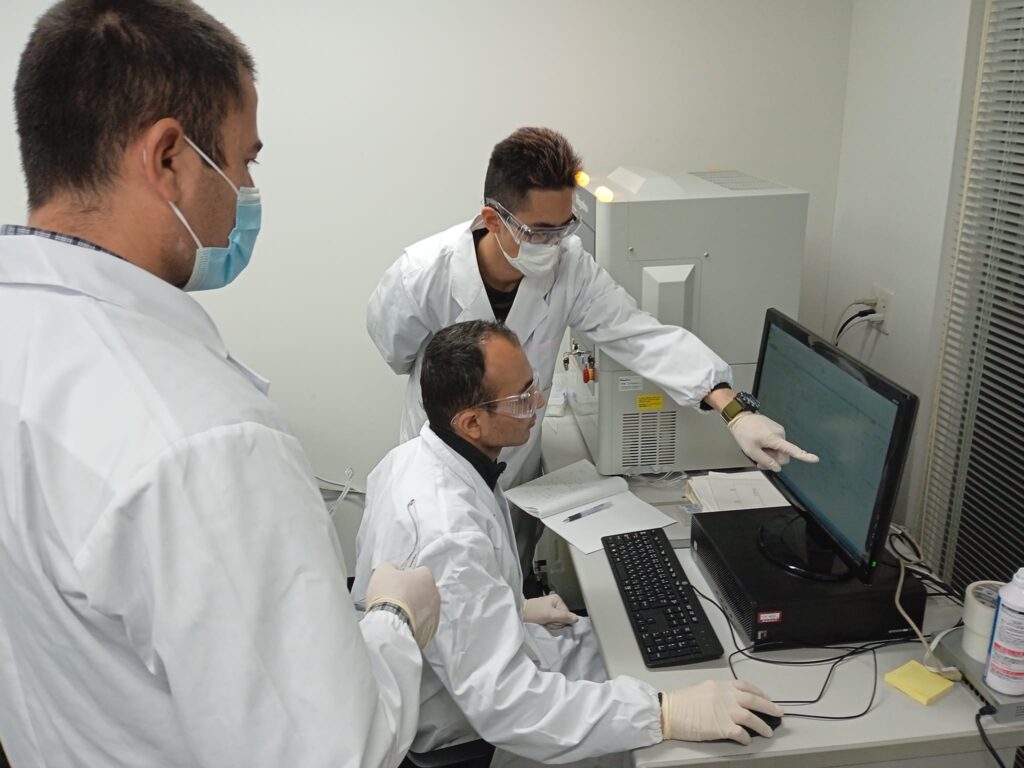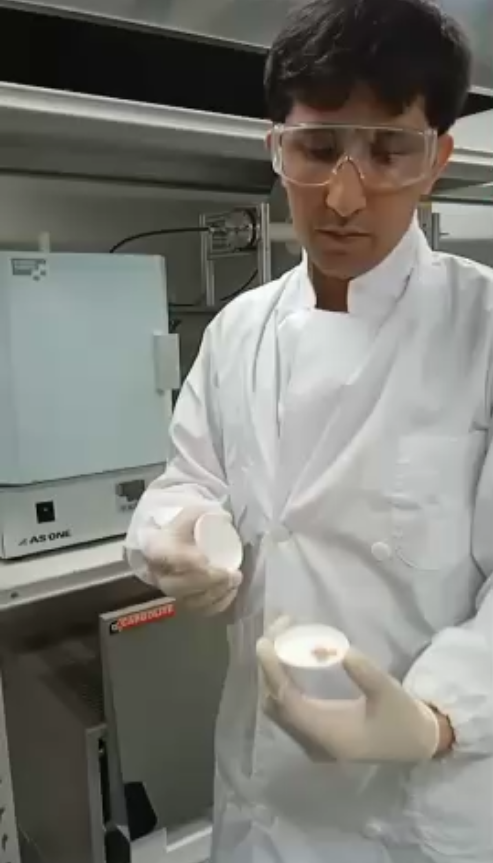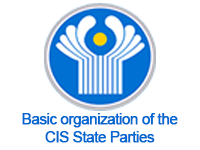It is known that one of the important problems of modern society is the development of technology for the effective implementation of the practical potential of alternative and renewable energy sources from which green energy is produced – hydropower, solar and wind energy, geothermal energy, as well as ocean energy, hydrogen energy, etc. , which in turn are designed to reduce and gradually reduce carbon dioxide emissions to zero. At the moment, the share of the most developed branches (after hydropower) of green energy – wind and solar – is more than 10% in the global energy balance. We also note that in recent years, another promising branch of green energy production technology has been developing in parallel – green hydrogen, which is associated with a huge potential for use in many sectors, including electricity generation and industrial processes.
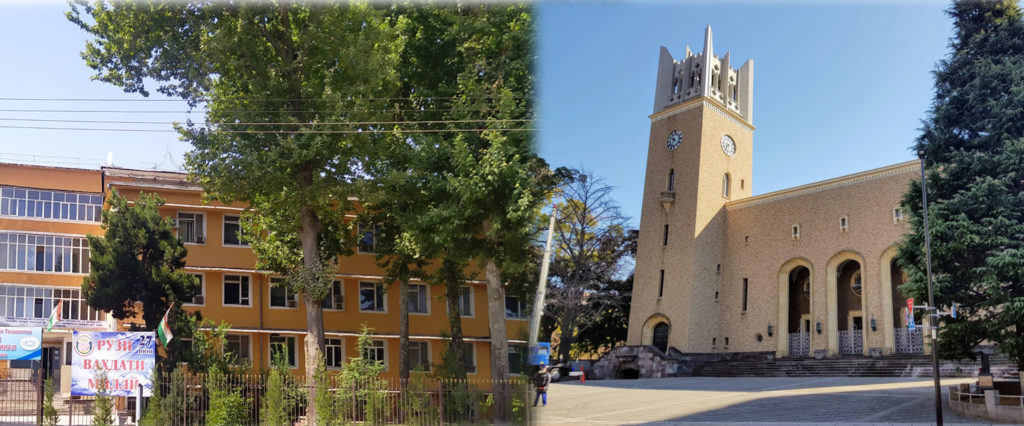
However, one of the main obstacles to the comprehensive dissemination of the above green energy technologies is still the relative high cost, and as a result, the lack of efficiency (compared to hydropower), the solutions of which are being intensively researched in scientific centers around the world. Including, for the 4th year at the Physico-Technical Institute. S.U.Umarov of the National Academy of Sciences of Tajikistan, with the support of the Department of Science and Engineering, Waseda University, Tokyo (Professor T.Yamamoto laboratory), research is being carried out to develop a technology for the synthesis and optimization of the properties of new nanosized materials to create solar energy converters. In particular, we note that with the support of this university, over the past years, 8 young scientists of the institute have been trained in the laboratories of the Department of Science and Engineering. This scientific and practical direction is developing, and at present the Institute is negotiating on expanding cooperation and conducting joint research with universities in Europe, China and other countries.
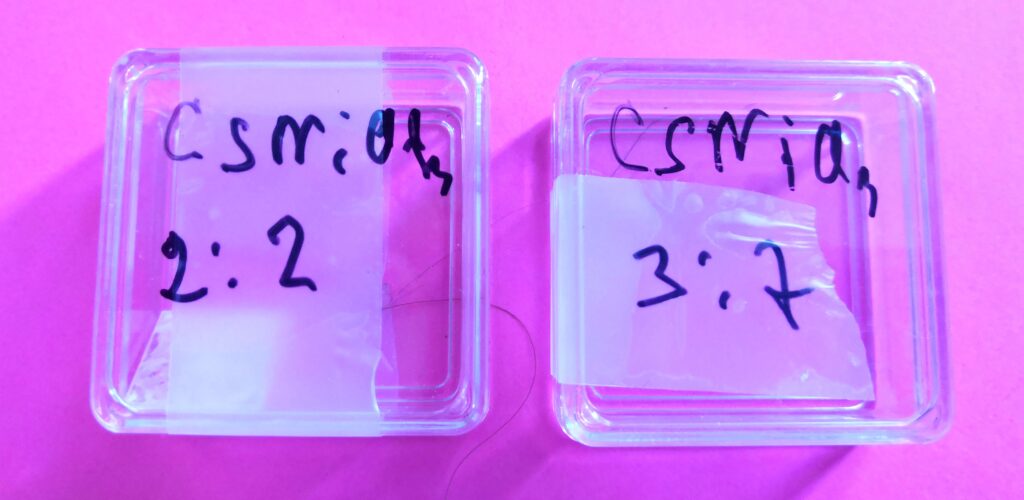
Long-term joint research of the Institute with the leading scientific centers of the countries of the world is beginning to bring practical results. One of the latest research results is the development of technology and synthesis of perovskite nanocrystalline films for use in new generation solar cells. In particular, in 2023, samples of perovskite nanofilms of the CsNiX3 family (X: Cl, Br, I, F) with predetermined properties were obtained. The process of obtaining nanofilm data is quite complicated and consists of both a theoretical part, consisting mainly of quantum chemical calculations of the optimal molecular structure of a nanocomposite material, and a practical part of high-precision laboratory experiments. In this case, after conducting joint research on the theoretical part at the institute, the practical part was carried out by young scientists of the institute in the laboratory of Waseda University.
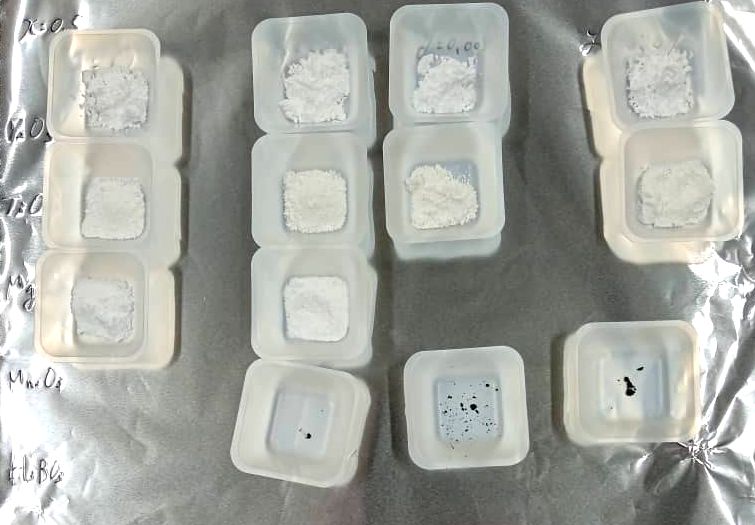
Thus, the development of technology and obtaining samples of nanocrystalline films is one of the first practical results of scientific cooperation between the Institute of Physics and Technology and the laboratory of the Department of Science and Engineering, Waseda University, Tokyo. The Institute is currently deepening and expanding research in this area, and, together with foreign scientists and partners, is developing plans for joint research in the field of application of intelligent computing Big Data, including the design of optoelectronic functional materials and lighting devices.
